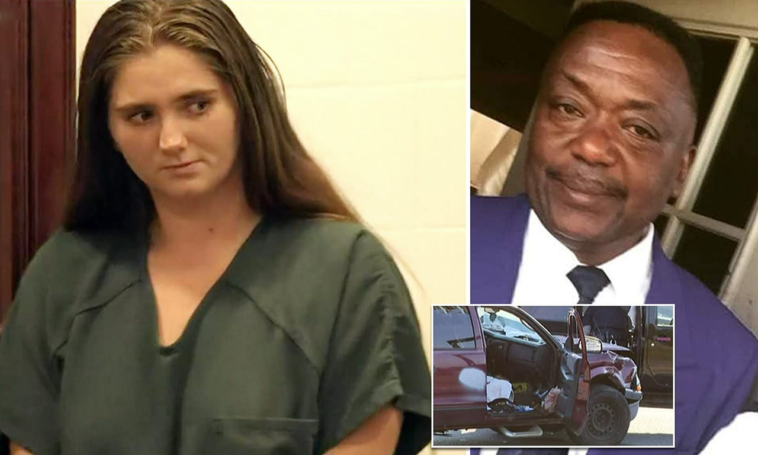Hannah Payne takes the stand in her own defense during the murder trial. Hannah Payne testified about Kenneth Herring’s shooting in a crucial time of her murder trial. Payne testified to explain her actions and her view of the tragedy.
Payne detailed her role as a witness to Herring’s original crash to her attorney, Matt Tucker. According to Payne, a state officer at the scene allegedly informed her and another witness that Herring was intoxicated.
Hannah Payne takes the stand in her own defense during the murder trial. “I saw my life flash before my eyes. I thought I was going to go down Riverdale Road hanging out the side of this car,”
Payne emotionally recounted.
Despite initial claims of not intending to follow Herring, Payne testified that Terry Robinson, whom she believed to be the state officer, encouraged her to pursue Herring. This new information complicates the case and raises doubts about the fatal incident.
The court heard Payne’s two 911 calls during the event. In one call, the dispatcher advised her not to chase Herring, emphasizing the importance of her safety. Payne asserted that she wasn’t following but staying behind Herring to provide real-time information to the dispatcher.
As the events unfolded, Payne described approaching Herring after he stopped in a turning lane. According to her testimony, an altercation ensued, with Herring grabbing her by the wrist and pulling her into the vehicle. The tension escalated, and Payne expressed her fear for her life as Herring reached behind the seats.
The situation took a dire turn when Herring allegedly attempted to seize Payne’s firearm. In a tense moment, the gun discharged as the struggle unfolded, leading to Herring’s tragic death.
The defense introduced a video of an interview between Payne and a police officer, conducted after the incident. Payne, overwhelmed and scared, recounted the events and emphasized her attempt to warn Herring about her firearm.
In a poignant moment, Payne tearfully expressed her feelings about trying to do the right thing: “Clearly trying to do the right thing is not the right answer.”
During cross-examination, the state focused on Payne’s understanding of the dispatcher’s requests to cease following Herring. Payne acknowledged interpreting the instructions as suggestions rather than requirements, underscoring her belief in the distinction between chasing and staying near Herring for informational purposes.
As the court recessed, Payne’s lawyer prepared for a redirect examination, providing an opportunity to clarify points raised during cross-examination.
In a compelling twist, Payne’s emotional testimony underscores the complex nature of the case. Her account not only delves into the specifics of the fatal encounter but also provides insight into her state of mind during the incident.
The case continues to unfold, presenting a multifaceted narrative that challenges both legal and moral perspectives. The upcoming phases of the trial will likely scrutinize the nuances of Payne’s actions, the dispatcher’s instructions, and the broader implications for self-defense laws.
The public contemplates the judicial system and high-pressure decisions as the court processes unfold. The Hannah Payne murder trial is a courtroom drama that also raises questions about justice and personal responsibility.
Lawyers, activists, and concerned citizens will closely examine the case, which has rekindled discussions about personal safety, the use of force, and civilians in law enforcement.
As the trial continues, it is unclear how the court will handle this case and the legal consequences of Hannah Payne’s actions on that terrible day. The drama continues to captivate the public, prompting questions about self-preservation and citizen intervention’s unforeseen effects.



